What is a Sump Pump & How They Work
Ever experienced a flooded basement?
It is one of the worst possible things that can happen to any homeowner.
Apart from being difficult to clean up, there are also the repercussions that will need to be dealt with afterwards.
Water soaked fixtures and fittings, repairs that need to be carried out, and sometimes even structural damage – it is a very stressful and often costly situation.
Considering all this, it is highly recommended to invest in a sump pump to avoid such a situation if you live in a house where groundwater levels are particularly high.
Article Chapters
What is a Sump Pump?
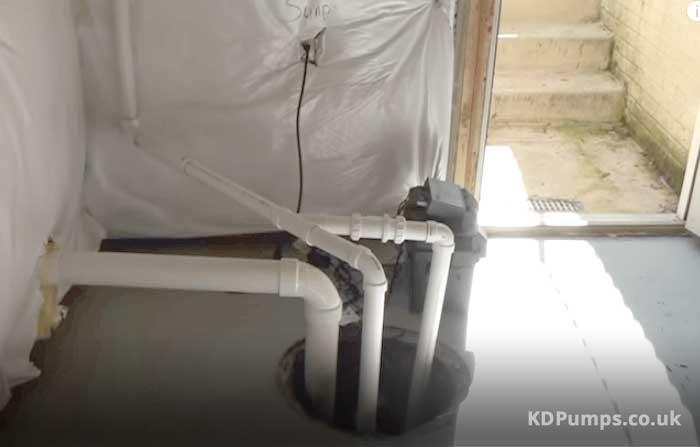
A sump pump is specifically designed to remove water that collects in your basement, keeping the space dry and moisture free.
A sump is basically a man-made pit, constructed below the surface of the basement floor.
This pit is generally referred to as the basin, and within the pit a sump pump is installed.
How Sump Pumps Work
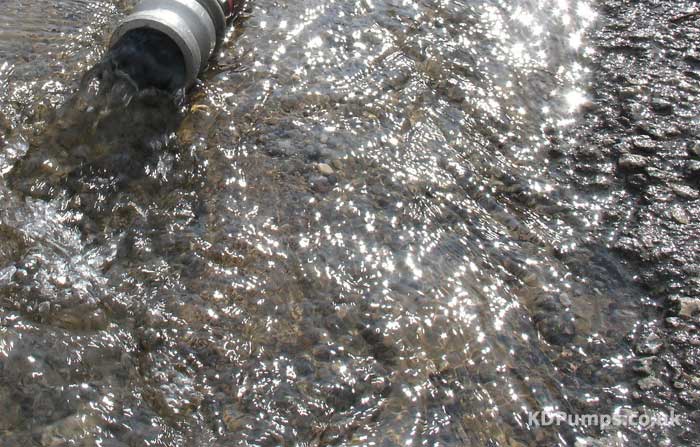
The sump pump will be equipped with valves.
These are able to sense the level of the water, and when it starts to escalate the sump pump will automatically fire up and pump the excess water out of the basement.
The water will be directed through a discharge line making its way out of your home, preventing any structural damage and the possibility of flooding.
This discharge line called the effluent, connects the sump pump to a particular drainage area, where the water that is pumped away and led to.
This could be a dry well, soak away, creek or a mains water drain.
Sometimes there are specific building codes which will stipulate where the sump pump can drain to.
Benefits of a Sump Pump

A sump pump is practically a must for homes or buildings located in areas which are prone to flooding.
Basements which are built below the water table also require a sump pump as it is easy for them to flood.
Considering that flooding can have disastrous effects on your home or premises, as well as on your health, a sump pump is a must have.
Due to high levels of moisture, which leads to mould and mildew growth, one may end up suffering from respiratory diseases and allergies.
Such conditions are also conducive to poor air quality.
High moisture levels will also lead to considerable damage to the property, such as peeling paint and wall coverings, or even rising damp and wet rot.
Thanks to a sump pump, the basement can be drier and at a comfortable temperature level throughout the year, with the foundations kept intact and unharmed.
Hence, a sump pump is a very worthwhile investment.
Who Needs a Sump Pump?
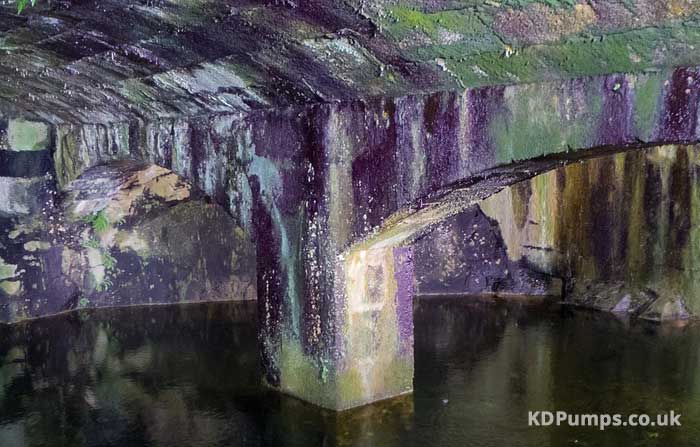
A sump pump can offer several benefits, as discussed above.
However these benefits are further accentuated in cases when the building is situated in a location that is highly susceptible to frequent flooding, or in cases where the plot is on poorly draining soil.
This is common in properties that are surrounded by hills, or areas which are low-lying, which often result in rising groundwater levels following heavy rainfall or storms.
If your house or premises have a highly finished basement, it is definitely worth investing in a sump pump, to safeguard your basement from any damage.
If you’ve experienced flooding problems before, you’ll fully appreciate that it is a wise decision to install a suitable sump pump without delay.
Types of Sump Pumps
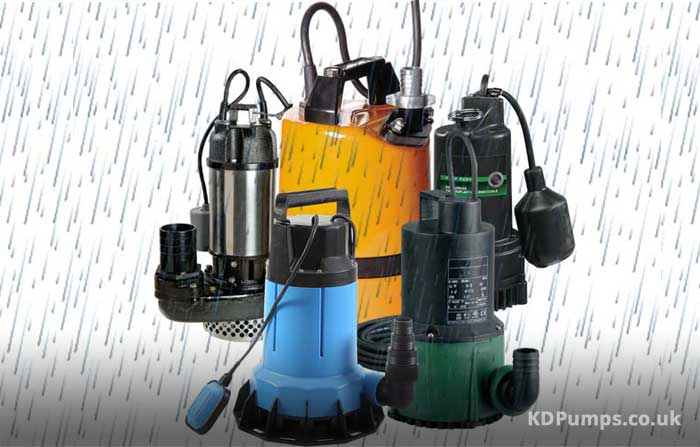
There are different types of sump pumps that you can choose from, including:
Submersible Sump Pumps
Submersible sump pumps will include the pump and the motor in a single unit.
As the name suggests, these pumps will be submerged in the basin.
These pumps will thus be underneath the water, so they tend to run quieter.
There is also the advantage that there will be no space occupied on the basement floor.
Having said that, these types of pumps tend to have longevity issues as being continuously immersed in water will inadvertently lead to a number of problems over time.
However, they are considered to be the most effective types of sump pumps for homes who face considerable flooding concerns.
Pedestal Sump Pumps
A pedestal sump pump is made up of a pump and a separate motor which sits on a pedestal situated above the basin.
From it there is a hose running to the basin where the pump is located.
This pump will send water through the hose, and away from the basement to the designated drain area.
The lifespan of this type of sump pump is generally better than that of a submerged sump pump.
There is also less to worry about where maintenance or repairs are concerned, as it is generally more accessible.
However since it is not submerged, this type of sump pump can be quite noisy.
Battery-Operated Backup
A battery backup offers additional security and peace of mind.
Storms might easily lead to power cuts, and often flooding occurs on such occasions when there are heavy storms.
So you really need to make sure that your sump pump is operating at such times, and not end up being useless due to a power cut.
This option is highly recommended.
Should the power go out and water starts rising in the basement, the float switch on the backup system will be triggered, and the sump pump will still work.
Water-Powered Backup
A water powered backup will be able to clear water in the basement by means of a higher water pressure.
This system is better than a battery powered system since there is no need to worry about replacing the batteries or to monitor the backup.
However, some authorities do not allow this type of backup system to be installed since they require continual running water.
Choosing a Sump Pump
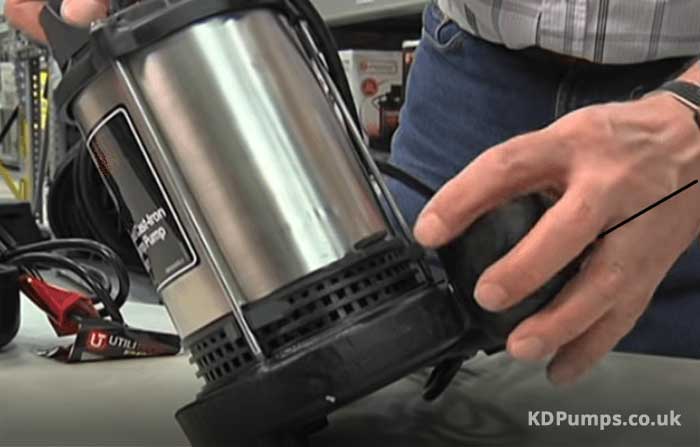
Since there are different types of sump pumps, it might be difficult to decide which one is most suited to your needs.
We have already examined the main pros and cons of the different types of sump pumps above, but there are other important considerations that should be taken into account as well.
A sump pump will practically be protecting your home or property from flooding, and so it is important to choose well.
When it comes to sump pump prices, there is not a substantial difference from one to another, and so cost should not be a primary factor.
It’s better to place importance on the horsepower, voltage, head pressure, and the backup system that you will have.
Let us discuss these factors in more detail below.
Manual or Automatic
While a manual sump pump tends to be less expensive than an automatic one, there is no denying that the latter is far more convenient.
Horsepower
The sump pump should have enough horsepower to handle any flooding that might occur in your basement.
If your sump pump motor has low horsepower, you are most likely going to end up with a flooding problem, as the sump pump will not be able to handle a considerable amount of following water effectively.
On the other hand, you should not go for a very high horsepower motored sump pump as it will lead to unnecessary cycling, and plenty of occasions when the pump will turn on and off several times.
This could ultimately lead to a higher incidence of damage over time.
As a general rule of thumb, a one third horsepower submersible pump is a good option for most households as it can cater well for an average sized home where rainfall is not too heavy.
In case your house is built deep into the water table however, it is best to invest in a one half horsepower submersible pump as there will be more chances of heavy seepage, or a drainage point which is located relatively far away.
Head Pressure
The head pressure is another factor that needs to be considered.
This is basically the height at which the pump is capable of raising the water.
For example, a pump that has a head pressure of 12 feet is able to raise water to about 90% of this height as one would need to factor in the physical limitations such as the bends of the pipes.
You need to choose a sump pump that is able to raise the water out of your sump pit and up through the outlet pipe.
Cord Length
The cord length might seem to be a minor factor but in reality, it has an impact on the efficiency as well as safety aspects.
You should make sure that the sump pump can be directly plugged into a ground fault circuit interrupter, and not into an extension cord.
Voltage
The voltage of the sump pump should be between 220 volts and 460 volts in case of industrial buildings.
For a residence, they can be at a lower voltage of around 110 volts.
Backup & Alarm Systems
As the sump pump will need to operate even if there is a power cut, it is important to make sure that there is a suitable backup system.
It is also important to invest in a water alarm attachment in case the sump pump you choose is not already equipped with a water level or flood alarm.
This will provide some additional peace of mind as it will alert you in case the sump pump fails.
Such an alarm is usually battery powered.
Some more sophisticated sump pumps even send you a notification to your cell phone should the water rise at an alarming rate.
Sump Pump Maintenance
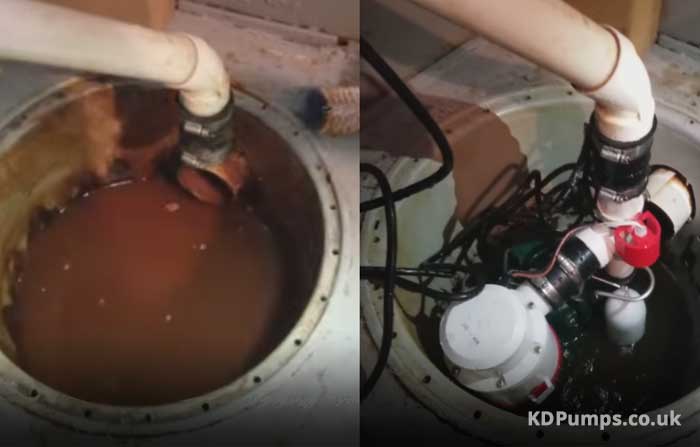
As with any other device, it is important to keep an eye for any faults or repairs that need to be carried out from time to time.
However, it is better to be cautious by carrying out preventative maintenance rather than allow for problems to develop.
First of all, you would be able to notice any minor problems before they become more substantial, and secondly, repairs would most likely be less costly if you notice a problem at an early stage.
Generally speaking, sump pumps are considered to be reliable pieces of equipment that do not require too much maintenance.
But like any piece of mechanical equipment, parts will fail over time.
As a rule of thumb, you should arrange regular inspections of the sump pump by a qualified engineer at least once a year.
It’s also prudent to keep an eye on the condition and operation of the pump yourself once every two months, or whenever a heavy storm is forecasted.
It is also best to check your sump pump as soon as the spring season draws near.
Here are some basic sump pump maintenance tips that you could carry out:
- Check that the pump is plugged into a working GFCI outlet. You might need to reset the GFCI from time to time.
- Check the power cord is in good order.
- The pump should be standing in an upright position. It is normal for vibrations to cause it to tilt to one side, and it might lead to a jam in the float arm, which means that the pump would not be activated.
- Every now and then pour a bucket of water in the pit to check if the sump pump starts automatically. You would also be checking if the water is draining away at a reasonably fast rate. In case the pump does not start or the water is not draining away properly, your pump probably needs to be serviced.
- In case of a submersible pump, clean the grate on the bottom as there might be small stones blocking the inlet.
- Make sure that the vent hole within the discharge pipe is clear.
Conclusion
It is important to consider the various factors outlined above to make a good decision when buying a sump pump, as well as to be aware on how to correctly maintain it.
A sump pump can offer you a lot of benefits, especially peace of mind.
It will also affect your house or premises from a safety point of view, and the occupants health-wise.
Make sure to hire a fully trained and qualified sump pump contractor who can see to the sump pump installation process properly.
This also applies to any repairs that might need to be carried out from time to time.

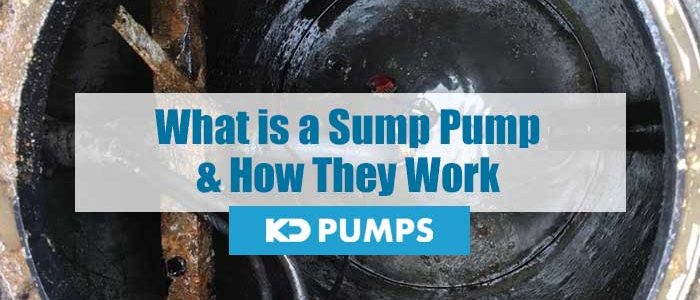
Comments are closed.